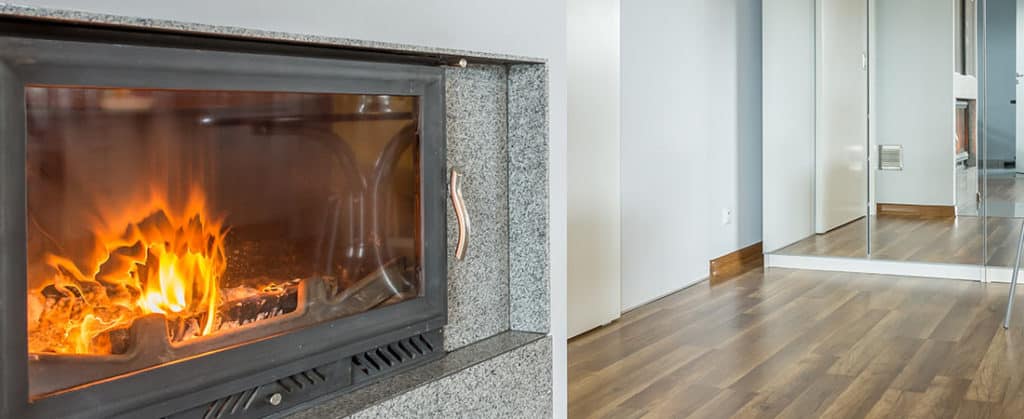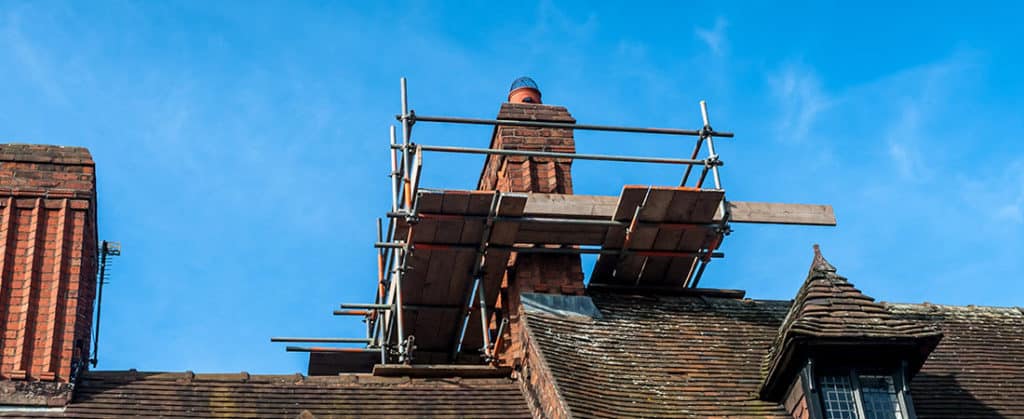Chimneys get exposed to a lot of different environmental and weather conditions, which include thunderstorms, high-velocity winds, sub-freezing temperatures, and UV radiation. The damage can eventually cause staining in different patterns or colors.
Nobody likes to see stains. Whether on their homes or clothing, an unexpected stain is a sign that something happened that should not. Similar to other substances, stain color indicates what caused it to appear. When it comes to your home, there are four main kinds of chimney stains. You can contact chimney cleaning services if you see stains on your chimney. You should also not allow it to accumulate because getting the stain out is going to become harder.
Read more now.
White Stains
Normally, white stains or efflorescence appear during spring or summer. Efflorescence can wash away when it is raining but it reappears when masonry dries under the warm sunshine. Efflorescence happens when moisture can penetrate deep in the clay brick, which draws the salts to the surface as a white stain on the sections it affects. Since this indicates that a porous brick and mortar will absorb moisture, it becomes the reason why you should have a professional chimney service to clean the stain and prevent more damage.
Green Stains
If you are living in a humid environment, you will most likely notice green stains that are dotting your chimney, which is normally algae. Algae is an eyesore but it is not considered a hazard. The stain might be mold, which might indicate a water-leaking issue with the chimney. You are going to want to have it inspected and repaired immediately.
Red Stains
Red stains are most evident with a prefabricated chimney because of rust on the metal chimney case cover. Normally, it happens when there is water leaking around the chase cover, and rust stains are going to drop down the chimney sides. Since water is leaking inside your chimney, it requires immediate attention from a qualified technician to prevent more damage. The chimney technician is going to inspect the chimney and fireplace and replace a damaged chimney chase cover.
However, rust can develop on masonry chimneys. If there is hard water or elevated iron, calcium, and magnesium deposit levels in the municipal water supply, you might see reddish-orange rust stains around the bottom of your exterior walls and chimney as you water the lawn.
Black Stains
The black stains will have a blue tint to them. The culprit of black stains on the chimney is a buildup of excess creosote within the flue. A chimney sweep will eliminate creosote deposits is going to help mitigate the situation. Aside from that, burning the right type of dry, or seasoned wood the entire year helps keep excessive creosote from forming. Of course, a chimney inspection and sweep – more importantly, preventive maintenance – is the most effective way to control black chimney stains.
Brown Stains
Brown stains are normally used by creosote, which is a natural burning wood byproduct. If you see these chimney stains, it can also mean that you should sweep them. Creosote is corrosive and very flammable, so it is important to hire a professional chimney sweeper to take care of it right away.
How to Prevent Chimney Stains
The best way to prevent chimney stains and damage is to have it inspected annually by a professional. Some stains are an eyesore, but others could be because of an underlying issue that can cause damage or fire. The experts can easily determine if your chimney might have it.
You can contact chimney sweep Upper Marlboro anytime if you see stains on your chimney.


